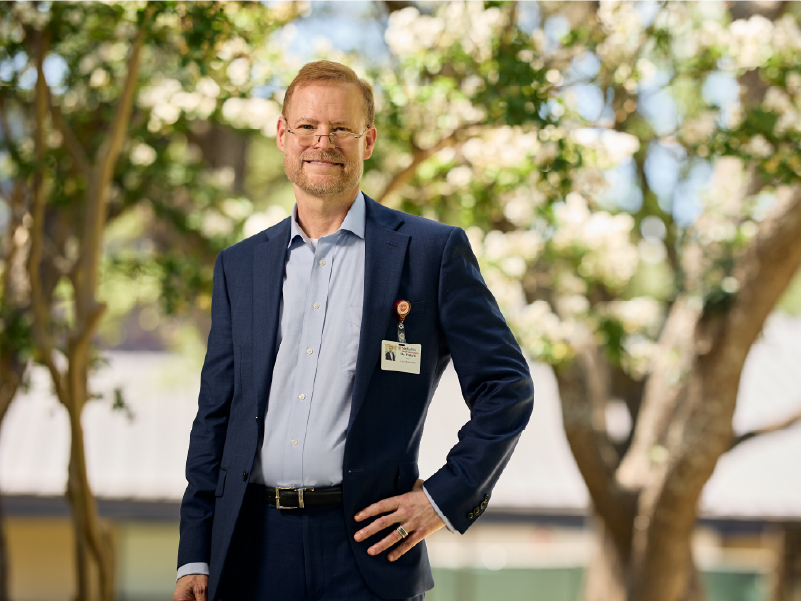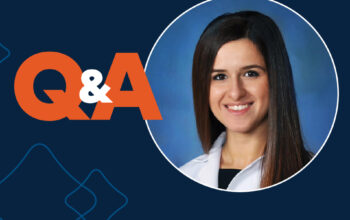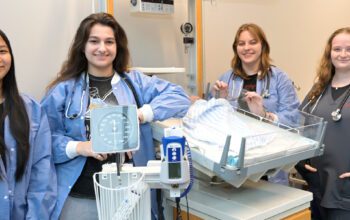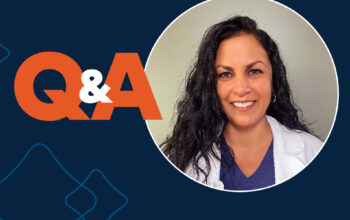Psychiatrist helps in the search for a breakthrough in treatment-resistant depression.
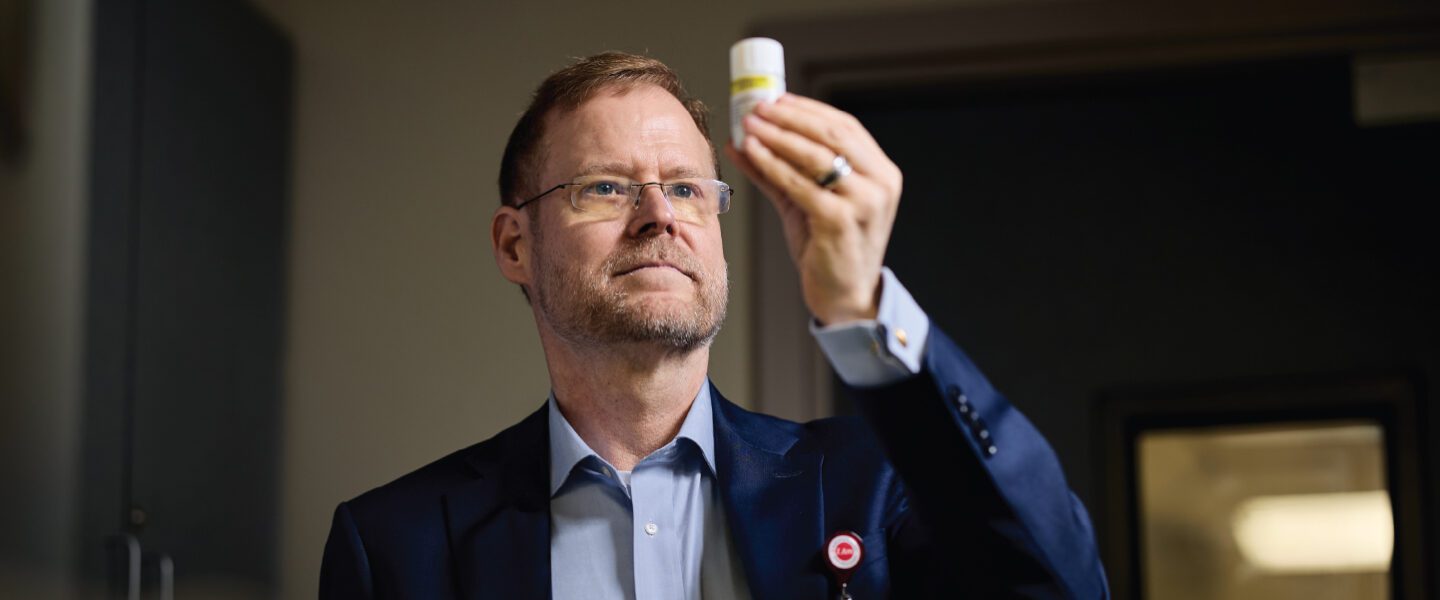
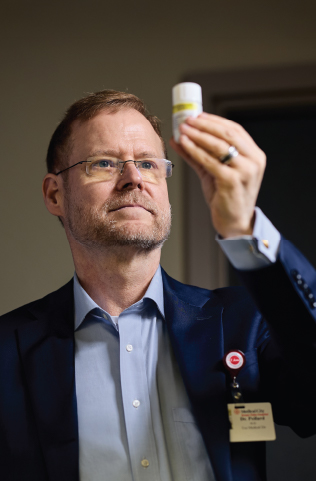
Ronnie Pollard, MD, was a resident at Baylor College of Medicine when he witnessed the effects of child post-traumatic stress disorder for the first time. “I was working on the Waco case with Bruce Perry, MD, PhD, one of the world’s leading psychiatrists in child trauma.”
Together, Pollard and Perry studied traumatized children from the 1993 siege at the Branch Davidian compound. “We made a lot of ground-breaking discoveries about what happens to the brain when kids are traumatized,” Pollard says. “I got six publications during residency, which piqued my interest in research.”
According to Pollard, now a renowned psychiatrist and executive medical director at Medical City Green Oaks Hospital in Plano, Texas, people who experience childhood trauma are more vulnerable to stressors later in life because of the way their brains develop early on. Pollard adds that current antidepressants are flawed in their ability to help treat adults.
As principal investigator for a trial exploring the potential of psilocybin to help with treatment-resistant depression, Pollard sees a ray of hope. From his 20-plus years of helping patients who’ve struggled with mental illness — and their inability to find effective treatment — Pollard understands the importance of this research.
Psilocybin makes the brain open to change
so that it can take on new experiences.
These new neuroconnections help people
get out of the dark hole of depression.— Ronnie Pollard, MD, psychiatrist and executive medical director at Medical City Green Oaks Hospital in Plano, Texas
Q: What could set treatments like these apart from current antidepression medications?
A: Effectiveness-wise, selective serotonin reuptake inhibitors (SSRIs) are maybe 40% or 50% effective. Many patients don’t stay on them because SSRIs have a lot of side effects people don’t like, such as weight gain. Electroconvulsive therapy (ECT) is still the most effective treatment we have. Psilocybin could give us another option. While we’re still in the research stage, my hope is that psilocybin treatments can reach the efficacy of ECT.
Q: What’s one of the most common misconceptions people have about psilocybin?
A: Some people think it’s like taking a trip with psychedelic mushrooms. While it’s true that psilocybin is the active component found in more than 200 species of psychedelic mushrooms, we don’t actually give patients mushrooms. The compound we administer is synthesized in a lab.
Q: Why does psilocybin have the potential to treat depression?
A: Our best educated guess is that it helps with the neuroplasticity of the brain. When people are depressed, they have trouble thinking anything other than depressive thoughts. Psilocybin makes the brain more malleable and open to change so that it can take on new experiences. Those new neuroconnections help people get out of the dark hole of depression, and the results seem to last for six months.
Q: In the trials you’re conducting, how is the psilocybin administered?
A: We have hospital rooms that are designed like comfortable, peaceful hotel rooms. After I give the medication in a capsule form to the patient, a therapist sits with them in that room for six to eight hours and monitors them continuously, including taking vital signs. It’s a placebo-controlled, randomized study, so patients (and doctors) don’t know whether they’re getting a 1 mg, 10 mg or 25 mg dose. Patients get two doses, two weeks apart. We monitor them for six months, and overall, patients I’ve seen have been tolerating it well, with very few side effects.
Q: As these trials are ongoing, what have therapists noticed?
A: It’s interesting to hear all the stories. From what I’ve seen so far, people tend to have a dissociation experience. They don’t really hallucinate, but they experience perceptual differences. Some people do things that help them feel grounded, like they’ll touch the earth or their arms. I think both in the moment and for an extended period after the treatment, people feel more connected to peers around them and their community — even their country.
Q: Why is that feeling of connection critical for all of us?
A: That’s what helps us form bonds. When we bond with other people — our peers and our family and our co-workers — that connectedness makes our lives better and their lives better.
